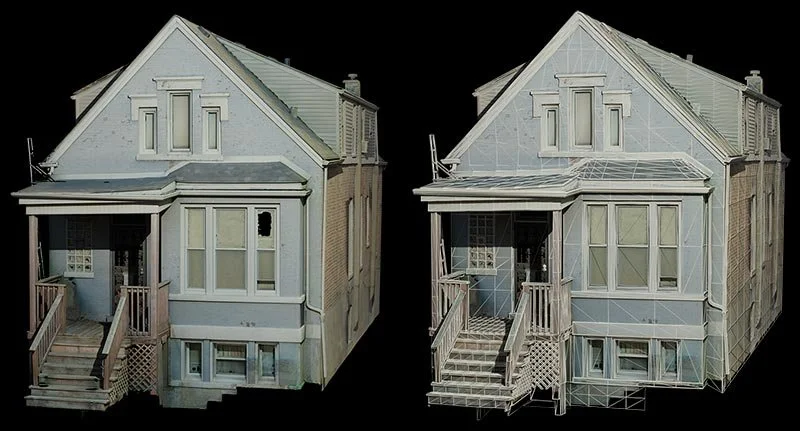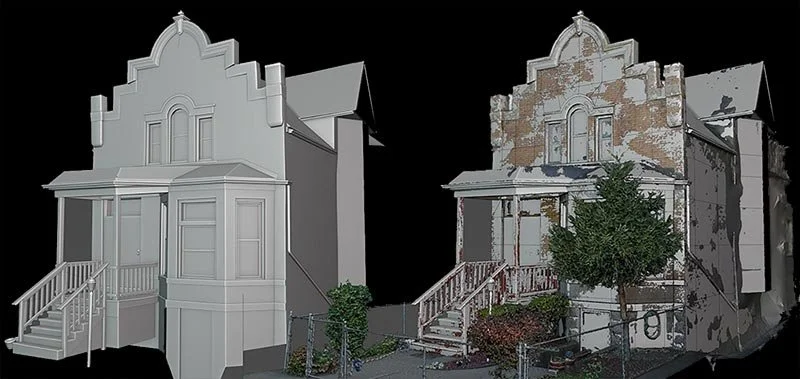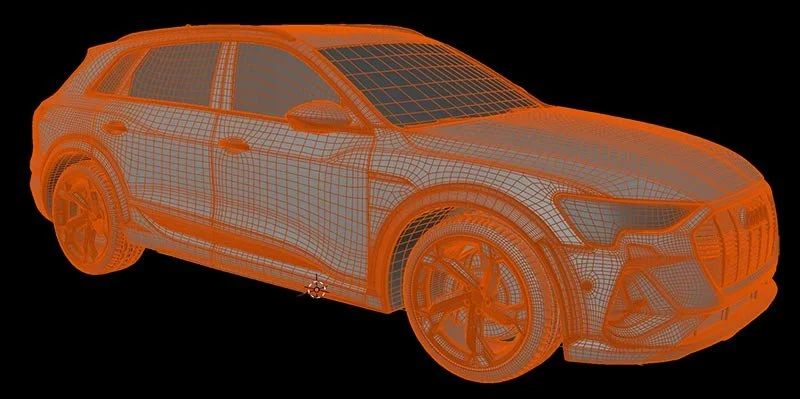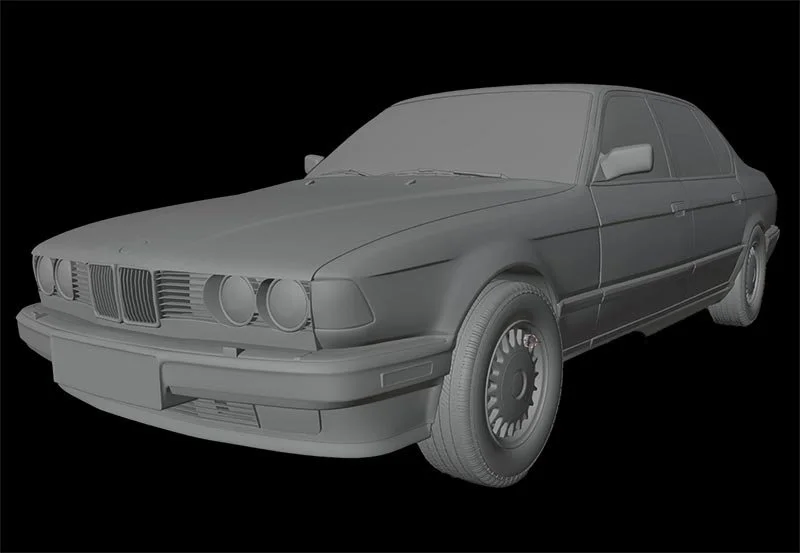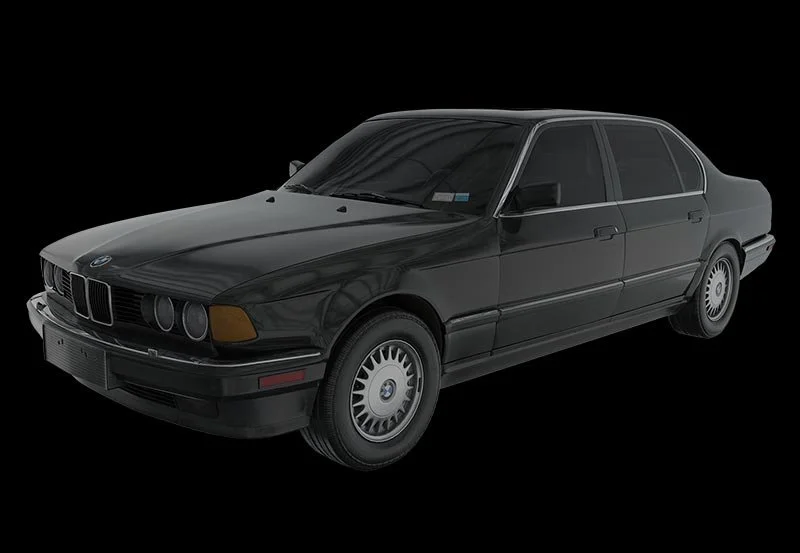Mesh Retopology in 3D Modeling - Explained
Enhancing Performance while Maintaining Realism
Mesh retopology is the art of reconstructing a 3D mesh to reduce complexity without losing essential details. Originating from detailed laser scans or photogrammetry, initial 3D models of Digital Twins often contain an overwhelming number of polygons, making them impractical for real-time applications. Retopology refines these models, ensuring they are lightweight and performant for video games, web applications, and virtual environments.
Initial High Poly Mesh & Textured Mesh before Optimization
Retopologized model with reprojected textures
Retopologized Mesh (left) with Point Cloud 3D Reference (right)
The Process and Benefits of Optimizing 3D Assets
Retopology involves manually reshaping the mesh based on accurate scans, creating a new, optimized geometry. This process not only reduces file sizes significantly but also enhances the mesh's usability across various platforms. During retopology, new UV maps are crafted, laying the groundwork for detailed textures that bring the model to life, ensuring that the final product is both efficient and visually stunning.
Retopologized 3D Mesh of a Vehicle
UV Maps of Vehicle after Retopology
Key 3D Modeling Tools and Retopology Software
For 3D artists, tools like Blender, 3DCoat, ZBrush, and Autodesk's Maya are indispensable for retopology, offering robust features for mesh reconstruction and optimization. These software solutions facilitate the creation of performance-oriented models suitable for complex digital landscapes. Resulting filetypes and deliverables often consistent of several different file types and formats, including OBJ, FBX, STL, IGES, STEP and GlTF / glb files.
Retopologized Model of a Car (without textures)
Retopologized Model of a Car (with textures applied)
Summary
Mesh retopology is essential for optimizing high-detail 3D models for use in gaming, AR, VR applications, and other web-based platforms. By refining complex scans into performance-friendly assets, MYND Workshop ensures that our models not only maintain their visual integrity but also enhance user experience in interactive digital spaces, solidifying our role as industry innovators in 3D modeling and optimization.
Frequently Asked Questions
-
Retopology is a technique used to recreate a 3D model's mesh with fewer polygons, optimizing its performance for various digital applications while retaining visual fidelity.
-
By reducing polygon count and streamlining geometry, retopology ensures models are lighter and more efficient, enhancing performance in real-time environments like games and web apps.
-
Professionals frequently turn to Blender, 3DCoat, ZBrush, and Autodesk Maya for their comprehensive retopology features, catering to a range of optimization needs in 3D modeling.


